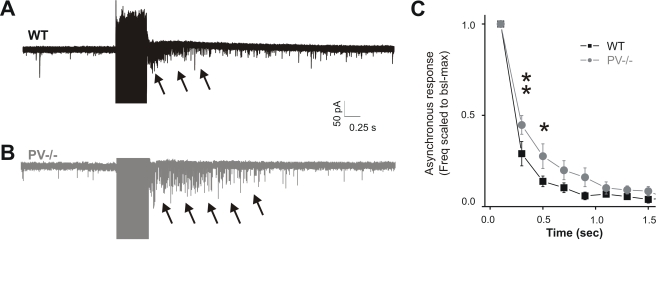Figure 6. Lack of endogenous PV enhances asynchronous release from FS interneuron autaptic terminals.
(A) Representative traces (overlay of 20 consecutive sweeps from one experiment) showing train-induced asynchronous autaptic release (denoted by arrows) from a typical WT mouse FS cell. (B) The same stimulus train (500 ms, 200 Hz) in a FS cell from a PV−/− mouse generates a more sustained asynchronous response with slower decay. (C) Graph summarizing the averaged increase of asynchronous release against time in WT and PV−/− mice (n = 8 for both groups). The sIPSC frequency was calculated in bins of 200 ms and normalized to the maximum response recorded immediately after the end of the spike train (t = 0). The result of a two-way ANOVA indicated that both “time” and “mouse strain” have a significant effect on the asynchronous response (p<0.001). Furthermore, Bonferroni's post-test revealed that PV−/− values were significantly different from WT values during the first two time bins after the normalized maximum (p<0.01 and p<0.05, respectively).

